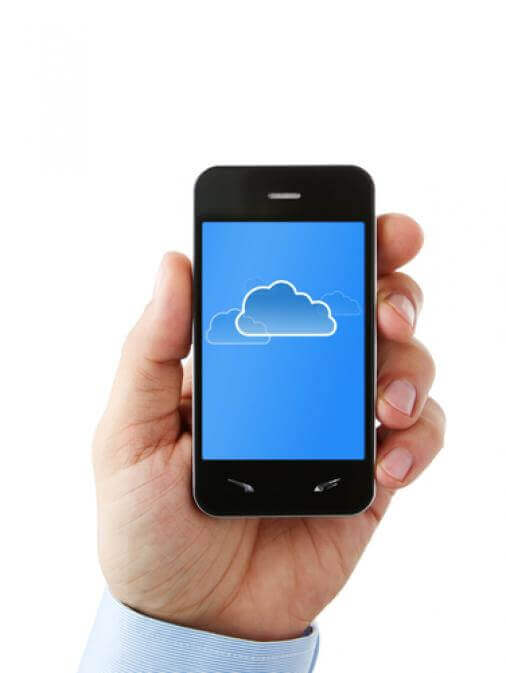The Buying Cycle and Your Content Strategy
Developing content strategies can help you to better address the needs of potential customers and your community. Guest author Diane Thieke explains how.
Diane S. Thieke
Have you ever watched a teenager work through the decision to buy a piece of music? It’s fascinating. And so much different than the way I did at that age.
Here’s what my buying cycle looked like, circa…well, a long time ago – pre-internet.
-
Hear new song on radio in car with friends.
-
Talk about new song with friends while driving in car.
-
Drive the car to Jack’s Music Store.
-
Buy the album with the song on it.
Here’s my teenaged son’s buying cycle:
-
Hear a new song on Pandora radio.
-
Search for it on YouTube and watch video of band.
-
Share video on Facebook and ask friends what they think.
-
Discuss on Facebook chat.
-
Open iTunes, buy selected songs.
Wow, what a different process!

Today, you need to provide the right content at the point and place in time the buyer is looking for it. In longer buying cycles, the type of information required may change.
In the example above, the content is 1) audio of the song for Pandora; 2) YouTube channel with a video of the band playing the song; 3) a Facebook page with a link to iTunes.
For B2B services or other big-ticket items (vacation packages or cars, for example), information will change at each stage. Stages of the buying cycle are generally bucketed in this way:
-
Awareness of a problem
-
Information gathering
-
Evaluation of alternatives
-
Purchase
-
Ownership/Re-evaluation
Content strategies that address each of these stages will be more successful. Let’s take the everyday example of finding a place to live and the content that a realtor should create for each stage.
-
Awareness: The buyer realizes that the lease on her apartment will run out in a few months, and she will need to find a place to live. Should she buy or rent?
Best content: Articles about the pros and cons of leasing vs. buying, or on the tax benefits of home ownership.
-
Information gathering: The buyer has decided to buy a house. But where?
Best content: Articles on best places to live, lowest cost of living, best schools, shortest commutes, neighborhood features.
-
Evaluation of alternatives: She’s now picked a community or two. But who to work with? Which realtor should she choose?
Best content: Recommendations and referrals, case studies, information about specific communities (showcasing the realtor’s knowledge of the local market).
-
Purchase: With the realtor’s help, she’s found a house and while she’s excited, she’s also fearful. Can she afford it? Should she buy?
Best content: Worksheets to determine cost of ownership and monthly payments.
-
Ownership/Re-evaluation: She’s a homeowner! But it’s a huge responsibility. How can she manage all the work? And after a few years, she may be looking to move again.
Best content: How-to articles on home maintenance or newsletters on trends in the real estate market.
By targeting specific content to meet the information need at each stage of the buying cycle, the realtor can guarantee a customer for life.
Diane S. Thieke is the president and founder of Simply Talk Media, a digital media marketing consultancy. With more than 25 years in digital media and technology, she helps clients build stronger relationships with their customers and communities, using both social and traditional channels. Follow her on Twitter at @thiekeds or visit her blog at www.simplytalkmedia.com/blog.


